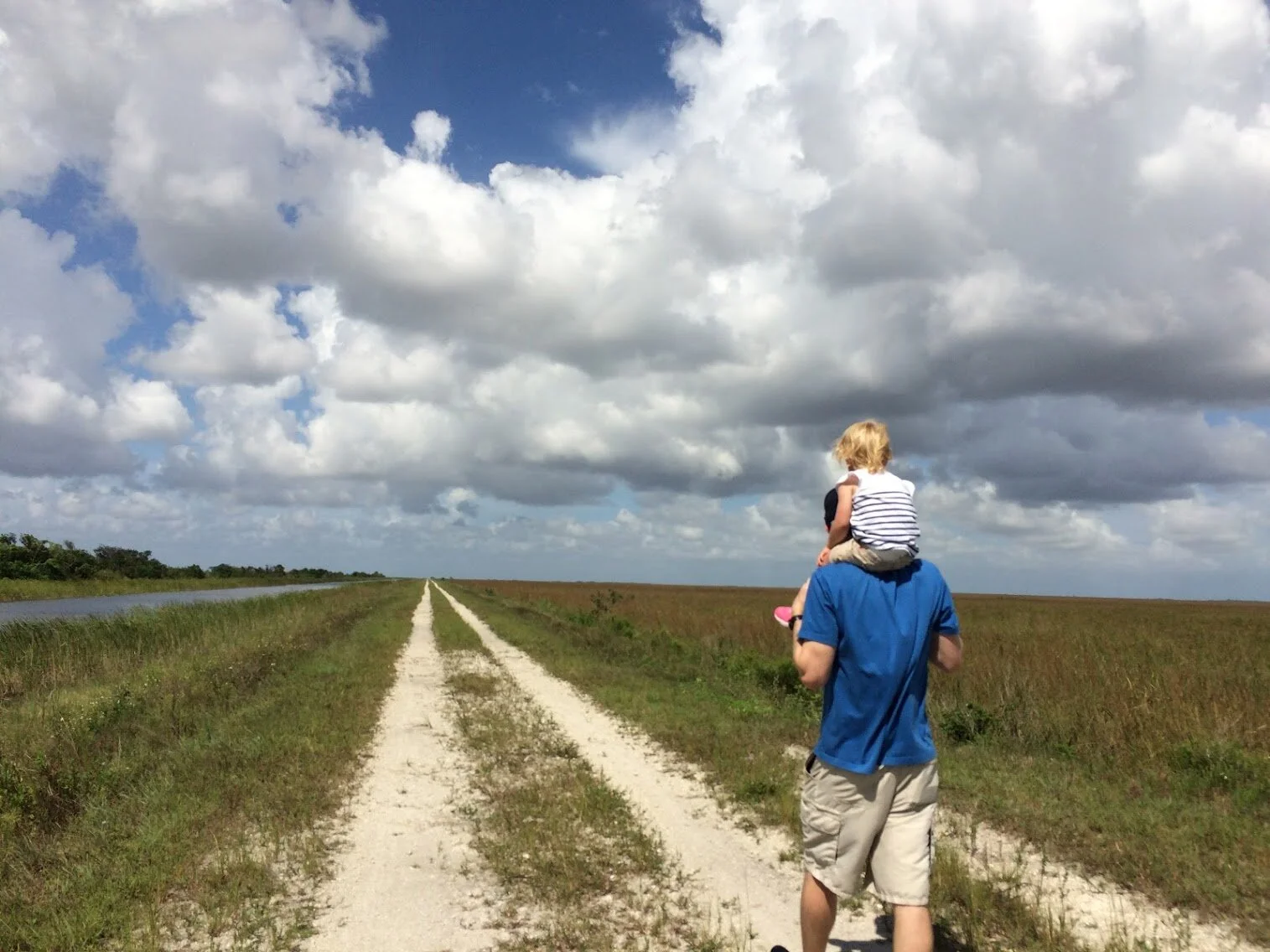The most valuable lesson I've learned from quarantine is the need to communicate.
No, no. I’m not talking about communication from government leadership.
I’m talking about YOUR leadership (and by “your” I mean “MY”), with your players, with your family, with your friends…with your people.
The kind of communication I’m learning about is the kind of communication that’s needed in the silence of isolation.
When you don’t talk to your people, they will fill the silence with the voice of their insecurity.
“I haven’t heard from them in three days. I don’t belong.”
“No one has checked in on me in three weeks. They don’t even know I exist.”
“Coach hasn’t said anything to me about last night’s game. I’m not a valuable member of this team.”
“I haven’t received any feedback. My contributions are insignificant.”
Looking for an anxious, stressed-out team, staff, or family? Isolate them with silence.
Looking for a high-performing team, staff, or family? Communicate with them regularly.
Positive, negative, or just say hi.
We used to run into them all the time – at practice, in meetings, walking to lunch.
Now we have to schedule Zoom meetings.
But they are so busy, we don’t want to bother them with another meeting.
But why aren’t they calling me?
Do they not notice me?
Am I still an important part of the team?
Silence is a megaphone for our insecurity.
If you are using silence intentionally, be careful. The silent treatment can be a sophisticated form of bullying. You aren’t solving any problems with that. If you want behavior change, communicate clearly.
In the NBA we tell our players on defense to communicate early, loud and continuous.
You aren’t trying to communicate over 20,000 screaming fans, so we can adapt it:
Communicate EARLY, CLEARLY and CONTINUOUSLY.
Tyson Chandler used to dominate our innersquad scrimmages without ever touching the basketball.
How?
He used his voice to control the entire game.
Ty Jerome was the slowest, least athletic player on the court, but won nearly every pickup game during the preseason of his rookie year.
How?
He was the only player who would communicate.
The leader is not selected by title or position.
The leader is the one who CARES, the one who is most AWARE, and the one who COMMUNICATES.




